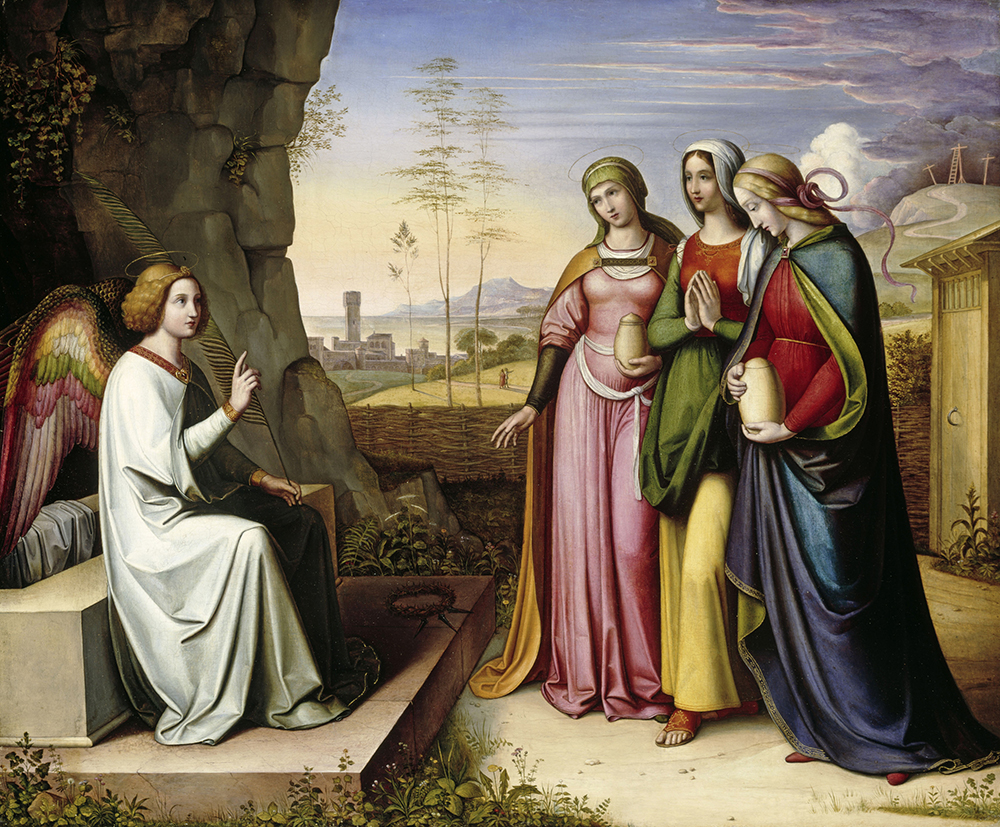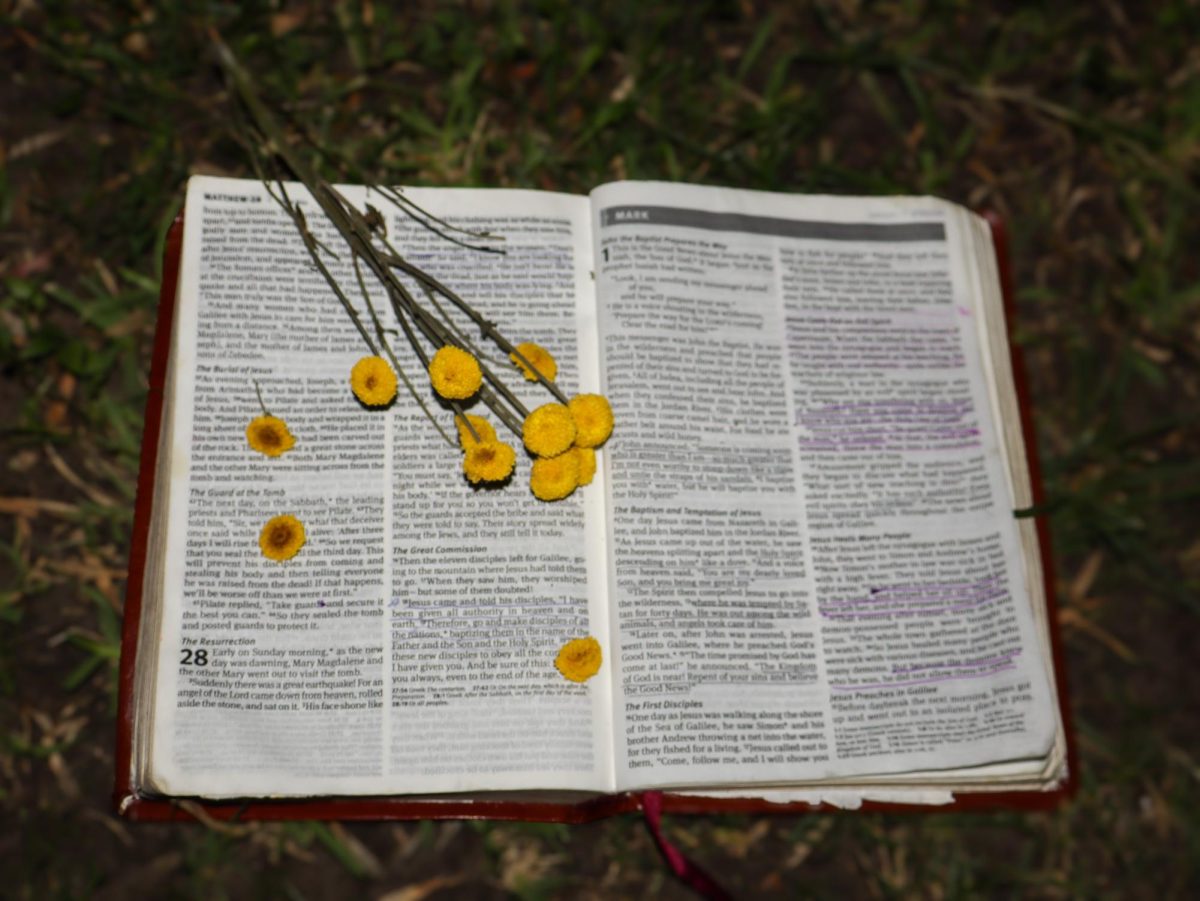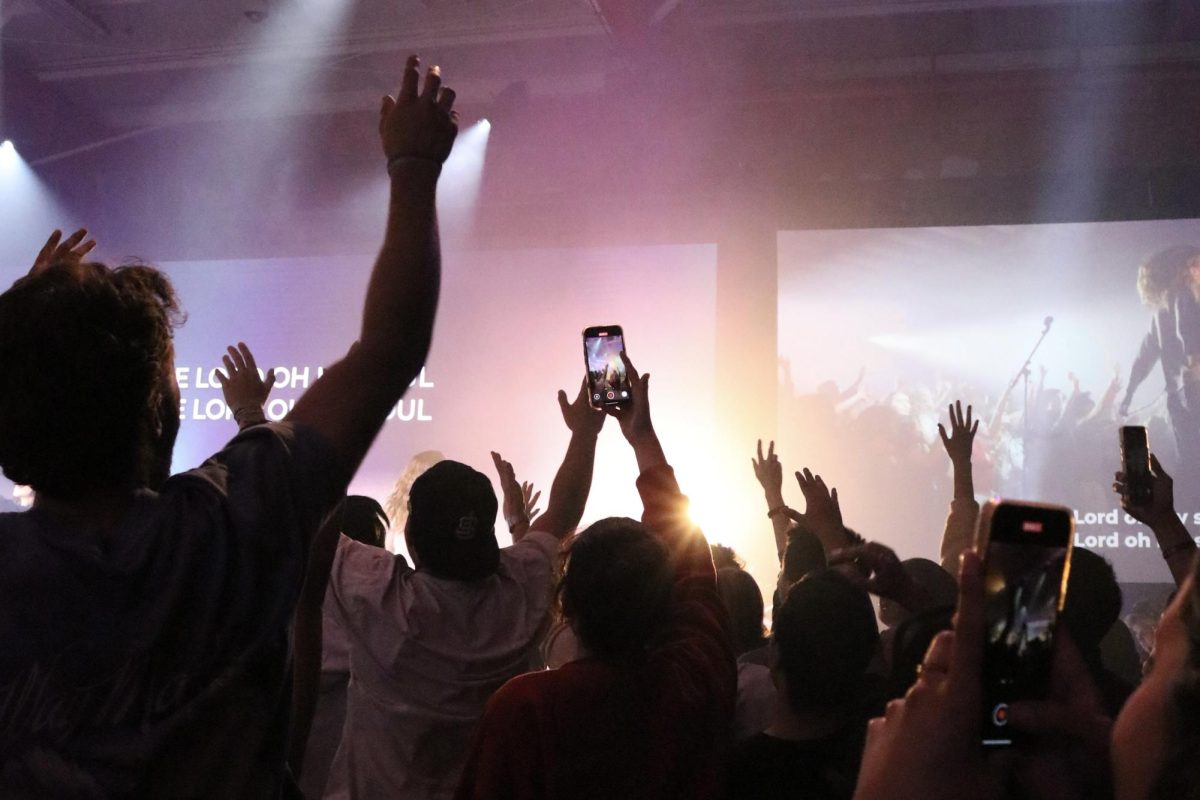Today, the celebration of Easter includes children running around a grassy field in search of decorative pastel eggs, marshmallows in the shape of baby chickens and plenty of anthropomorphized rabbits. Although the exact origin of the holiday and its traditions remain relatively unknown and have probably been observed since the second century or earlier by Christians as Resurrection Sunday, many claim that the celebration of Easter stems from pagan tradition. Some have attributed the origins of Easter to the Assyrian and Babylonian goddess of fertility and sex, Ishtar, but that claim possesses little supporting evidence.
However, the belief in Easter’s pagan roots most likely originates from St. Bede the Venerable, an Anglo-Saxon monk in the the 7th and 8th centuries who recorded multiple chronologies of the early conversions of the Anglo-Saxon tribes in Europe — two of which especially focused on the reckoning of Easter. In his lengthy treatise, “De Temporum Ratione,” or “On the Reckoning of Time,” he wrote of an old English celebratory festival held during the month of Eosturmonath. This celebrated the goddess of spring and fertility, Eostre, who would consort with a hare. Many people believe this was the beginning of the Easter bunny in the modern celebration of the holiday, but little other evidence exists to implicate this as the true origin of the Easter celebration. Rather, other European traditions may have had a much greater influence on contemporary Christian observances of the holiday. For example, the people who lived in the geographic area known today as Germany, also had a similar goddess known as Eastre. Although people have associated rabbits with spring, fertility and Easter, the Germans of the 17th century most likely brought that belief to the Americas during their immigration.
Unlike the rabbits, the association of eggs with Easter has its roots in early Christian practices around the holiday. Eggs were used as a common object of abstinence for lent, so in the days before Easter, many Christians would abstain from eating eggs in their food, so on Easter Sunday, they ate eggs as a treat in their baked goods and other foods. Eggs became a part of the celebration and reminder involved with the resurrection of Christ. Aside from the association of eggs with lent, later on in Russia in the late 19th century, decorative, jewel-encrusted eggs became a common gift on Easter for those of high society and royalty. Czar Alexander III, for example, commissioned Peter Carl Faberge to craft a jeweled egg for his wife, what we now call Faberge eggs.
Today, many Christians in the United States celebrate Resurrection Sunday with the typical customs of the Easter Bunny and decorative eggs, not as the previously pagan spring festivals, but rather to celebrate the new life and joy we have in salvation through Christ’s resurrection on that day. Let us not get lost in the candy and tradition, or become distracted by arguments of its origin, but let us come together, united in Christ and let our traditions remind us of his great work and great love for us.







